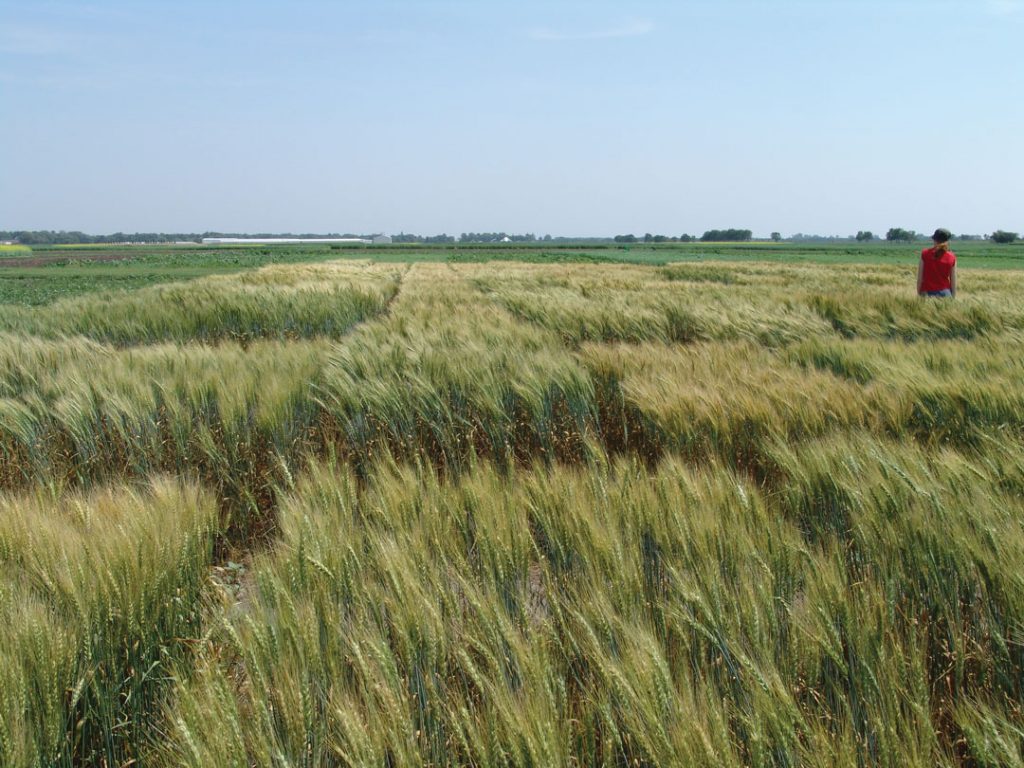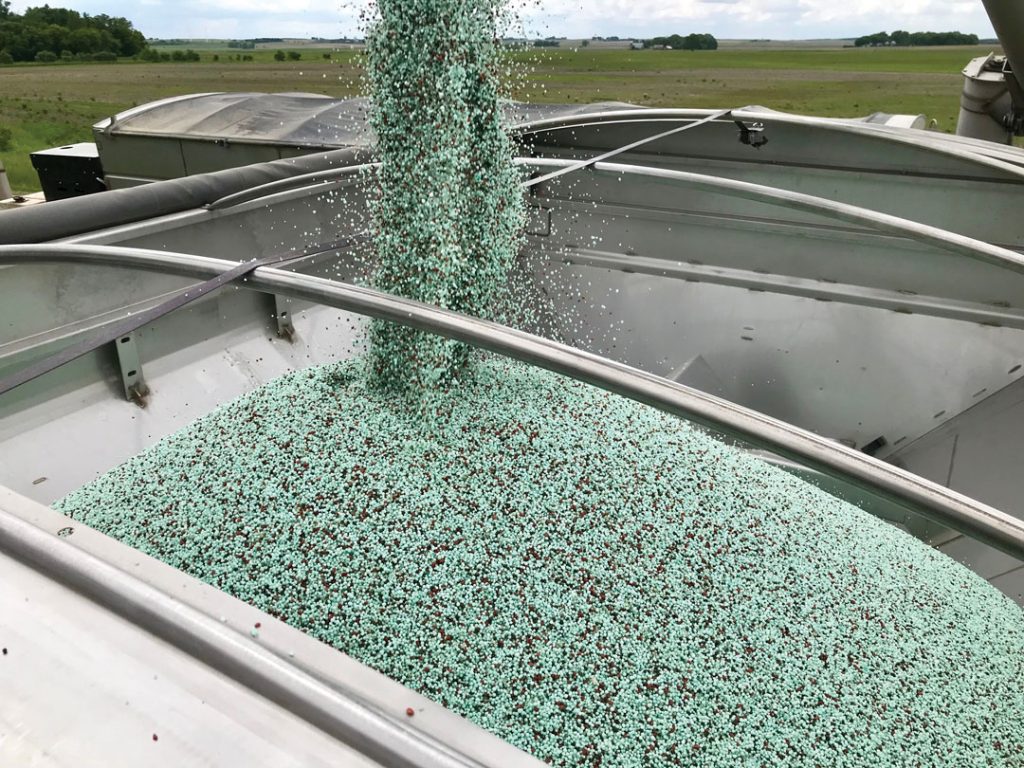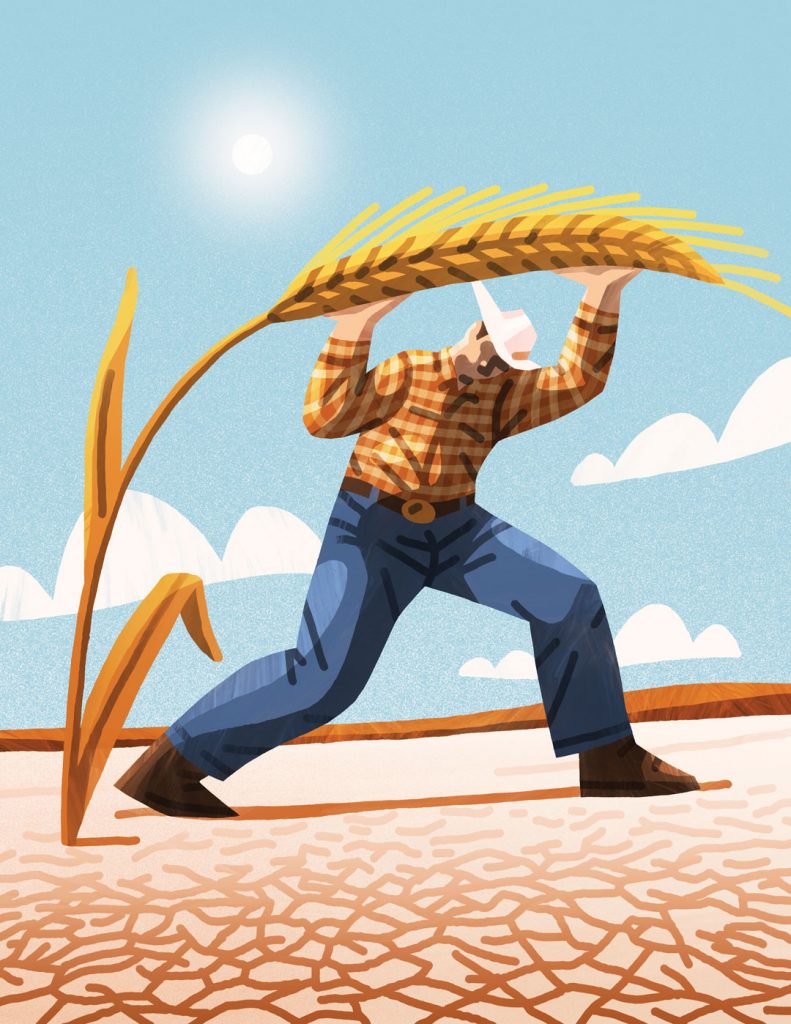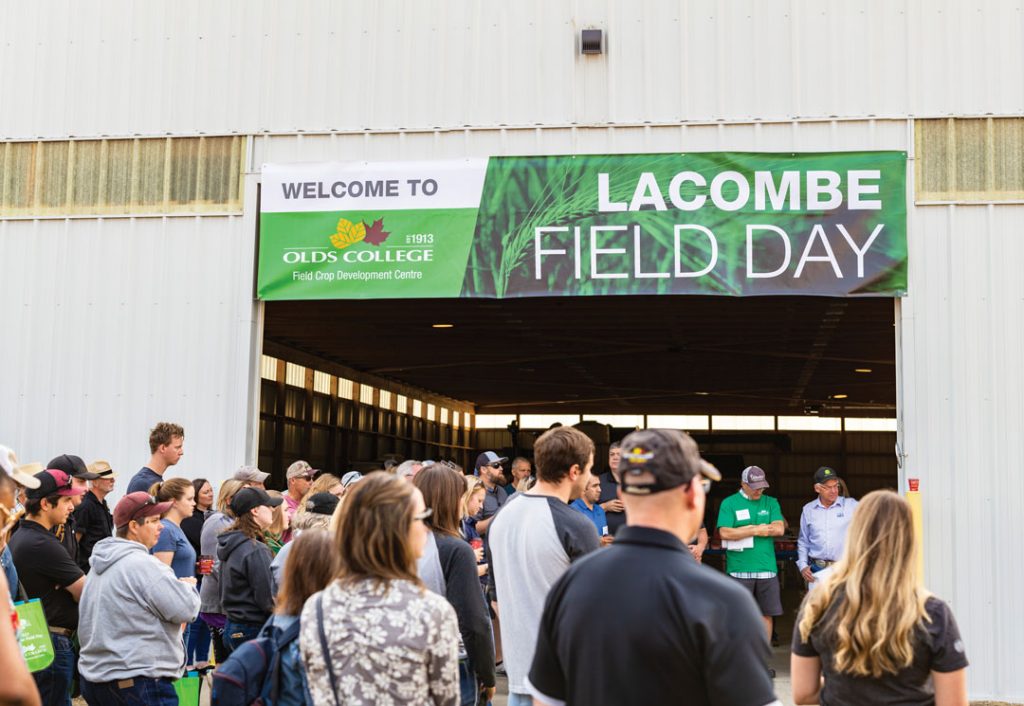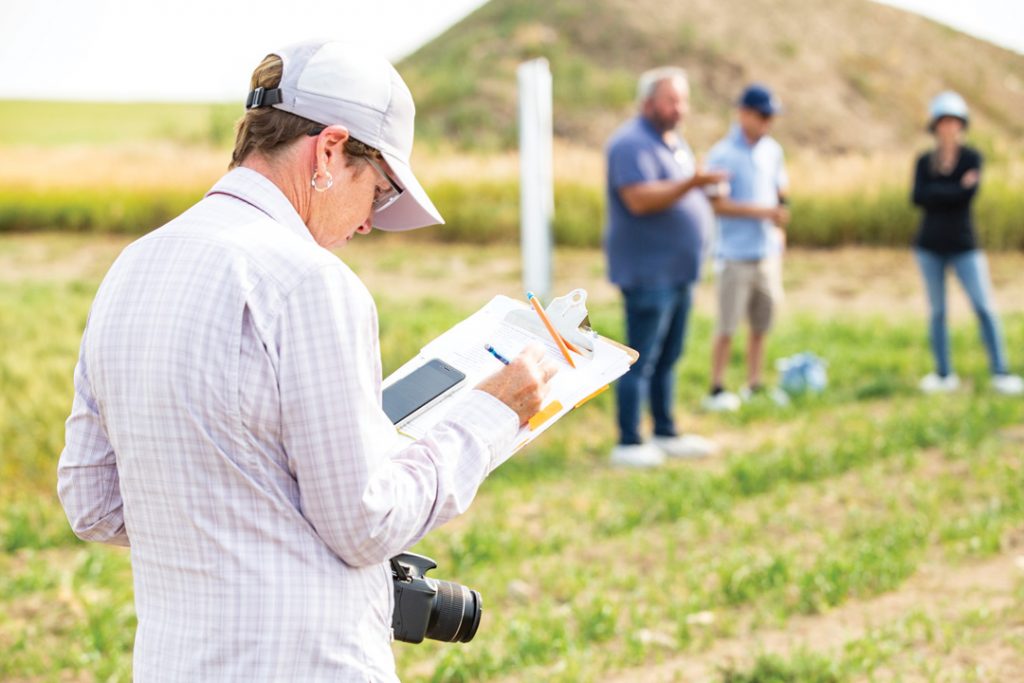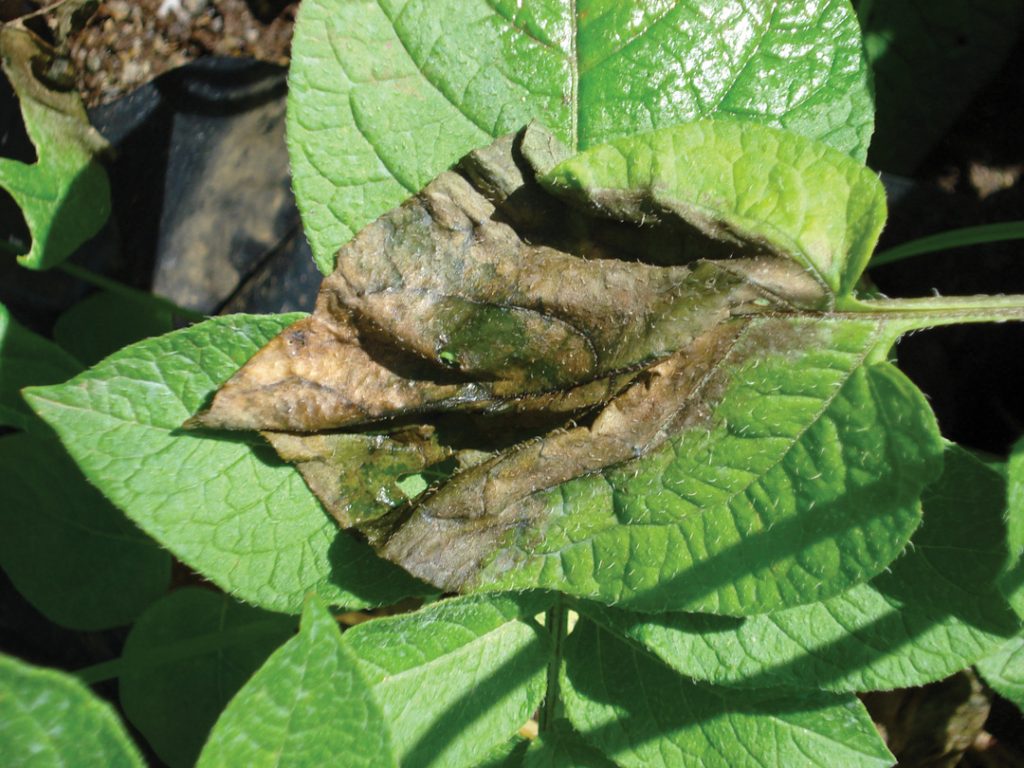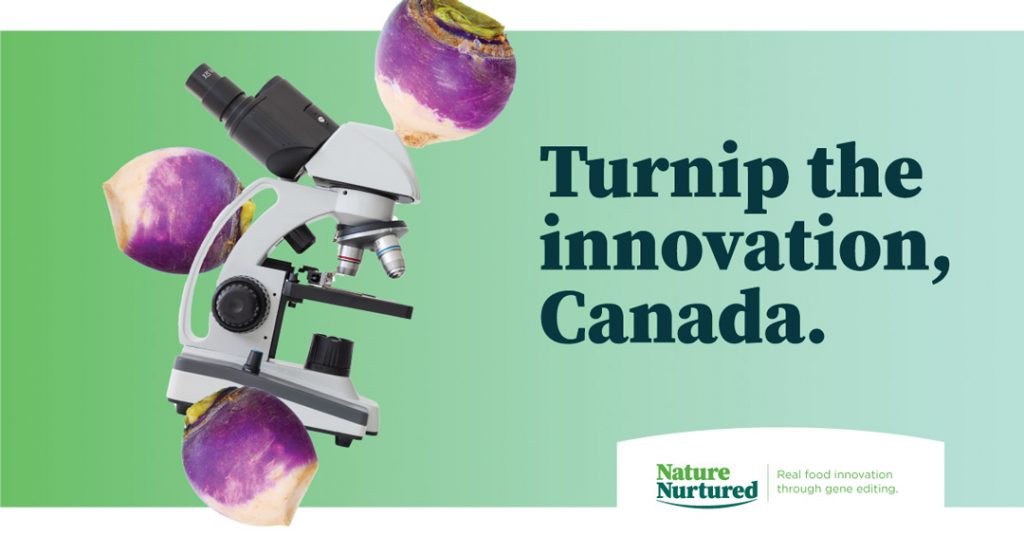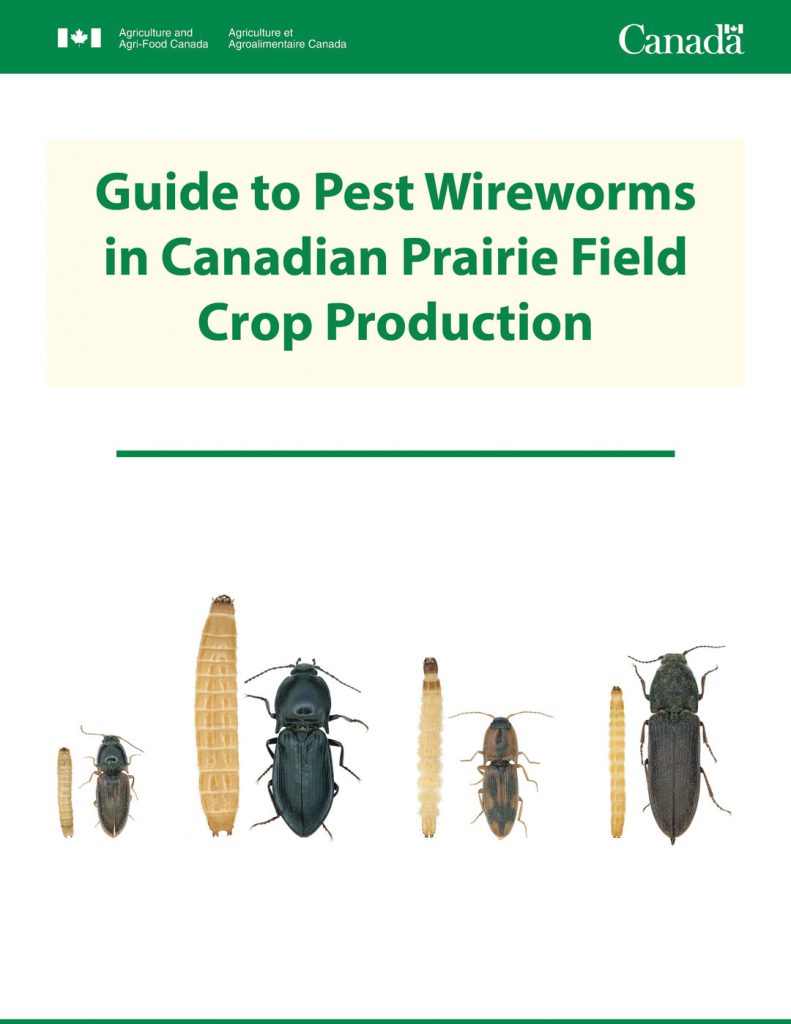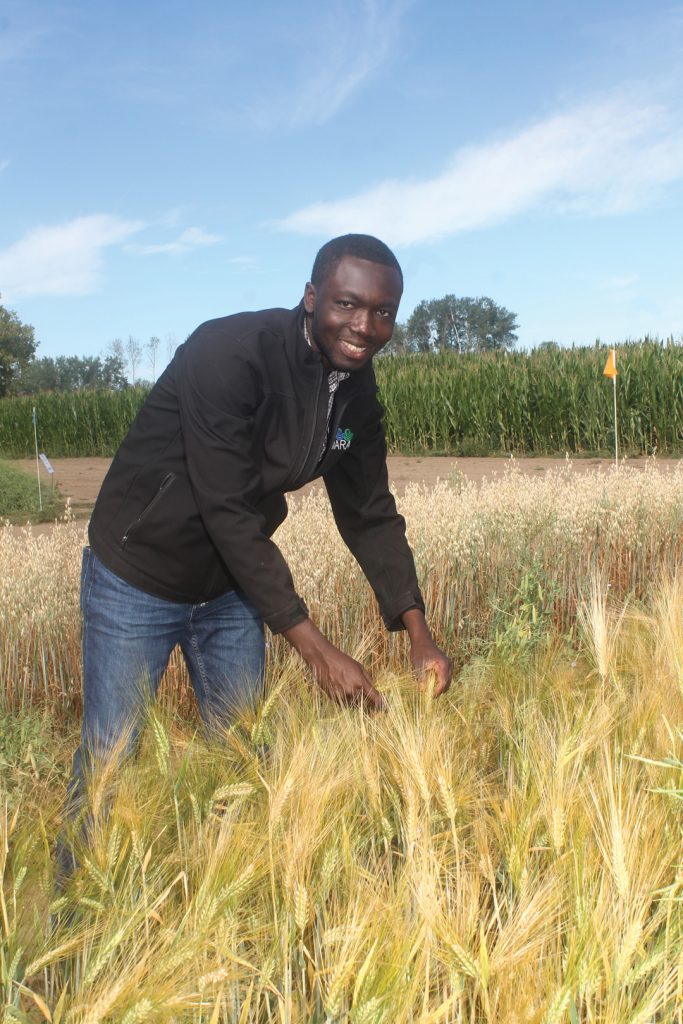NEW FACES IN WINTER WHEAT
Prairie winter wheat acres have declined for years, but interest in the versatile crop has been revived. Its renewed appeal coincides with a changing of the guard in wheat breeding circles. Picking up where their predecessors left off, breeders Harwinder Sidhu and Curt McCartney aim to give farmers strong new varieties.





